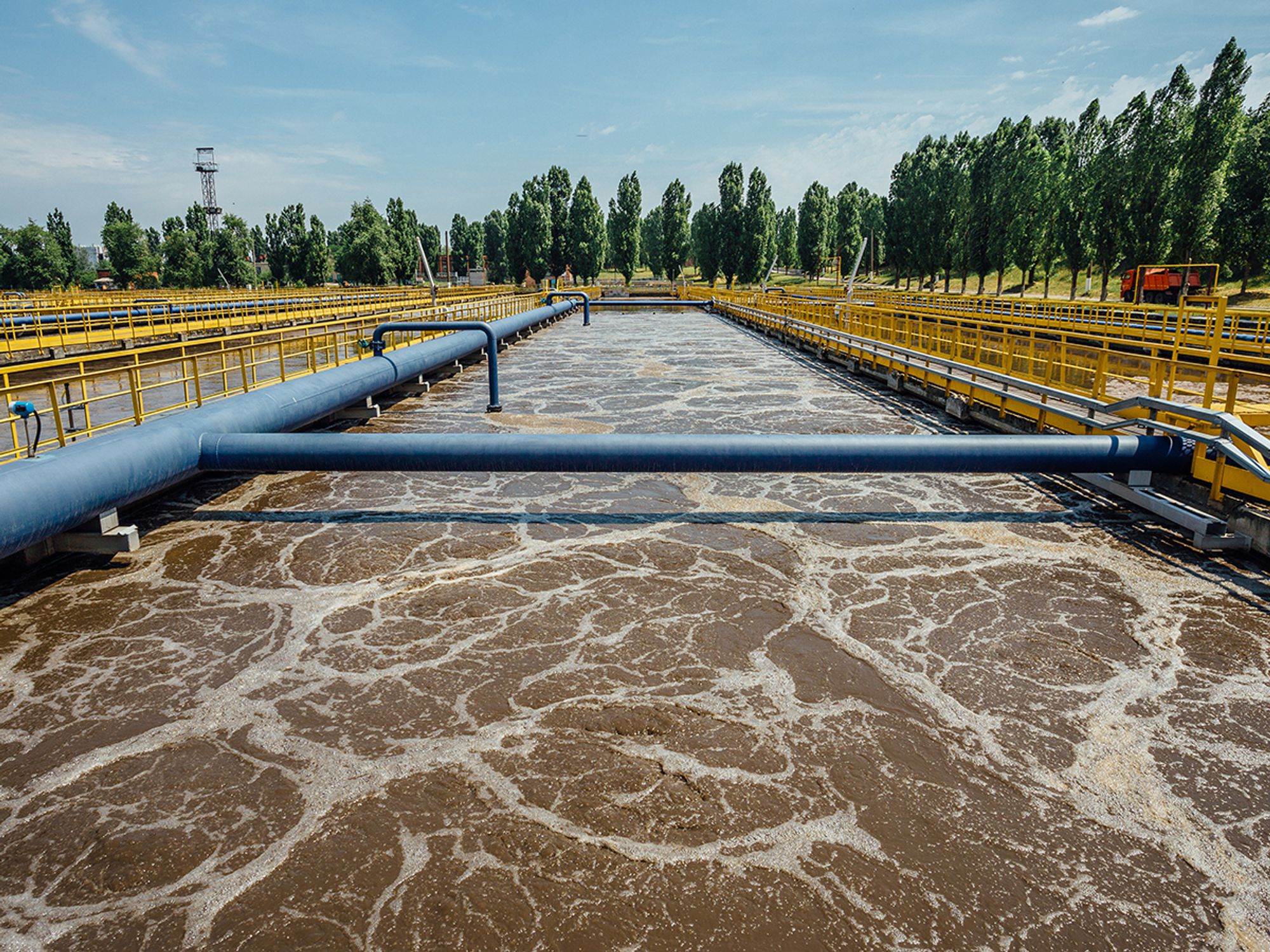Levels of control

- National regulations for industrial wastewater discharges set technology-based numeric limitations for specific pollutants at several levels of control.
- The levels of control apply to different types of regulated sites and pollutants.
National regulations for industrial wastewater discharges set technology-based numeric limitations for specific pollutants at several levels of control: BPT, BCT, BAT, NSPS, PSNS or PSES. Effluent limitations are based on the performance of specific technologies, but the regulations do not require use of specific control technology.
BPT — Best Practicable Control Technology Currently Available
The Environmental Protection Agency (EPA) establishes BPT effluent limitations based on the average of the best performance of facilities within the industry of various ages, sizes, processes or other common characteristics. Where existing performance is uniformly inadequate, BPT may reflect higher levels of control than currently in place in an industrial category if the Agency determines that the technology can be practically applied.
BCT — Best Conventional Pollutant Control Technology
BCT addresses conventional pollutants from existing industrial point sources. In addition to considering the other factors specified in Clean Water Act (CWA) 304(b)(4)(B), EPA establishes BCT limitations after consideration of a two-part “cost-reasonableness” test.
BAT — Best Available Technology Economically Achievable
In general, BAT represents the best available economically achievable performance of plants in the industrial subcategory or category.
NSPS — New Source Performance Standards
NSPS applies to direct dischargers. NSPS reflect effluent reductions that are achievable based on the “best available demonstrated control technology.” New sources can install the best and most efficient production processes and wastewater treatment technologies. As a result, NSPS should represent the most stringent controls attainable through the application of the best available demonstrated control technology for all pollutants (i.e., conventional, non-conventional, and priority pollutants). In establishing NSPS, EPA is directed to take into consideration the cost of achieving effluent reduction and any non-water quality environmental impacts and energy requirements.
PSNS — Pretreatment Standards for New Sources
PSNS are national, uniform, technology-based standards that apply to dischargers to publicly owned treatment works (POTWs) from specific industrial categories (i.e., indirect dischargers).
PSES — Pretreatment Standards for Existing Sources
Like PSNS, PSES are national, uniform, technology-based standards that apply to indirect dischargers. They are designed to prevent the discharge of pollutants that pass through, interfere with, or are otherwise incompatible with the operation of POTWs.
These levels of control are supplemented by best management practices (BMPs), defined as a permit condition used in place of, or in conjunction with effluent limitations, to prevent or control the discharge of pollutants. BMPs may include a schedule of activities, prohibition of practices, maintenance procedure, or other management practice.
The levels of control apply to different types of regulated sites and pollutants:
| Type of sites regulated | BPT | BCT | BAT | NSPS | PSES | PSNS |
|---|---|---|---|---|---|---|
| Existing direct dischargers | x | x | x | |||
| New direct dischargers | x | |||||
| Existing indirect dischargers | x | |||||
| New indirect dischargers | x |
| Pollutants regulated | BPT | BCT | BAT | NSPS | PSES | PSNS |
|---|---|---|---|---|---|---|
| Priority pollutants | x | x | x | x | x | |
| Conventional pollutants | x | x | x | |||
| Nonconventional pollutants | x | x | x | x | x |
For a numeric limit to be enforceable, an approved analytical method — a test procedure to measure the parameter — must be available. CWA 304(h) directs EPA to promulgate analytical methods, and these are published at 40 CFR Part 136. EPA-approved methods published by other organizations are also listed in Part 136.
